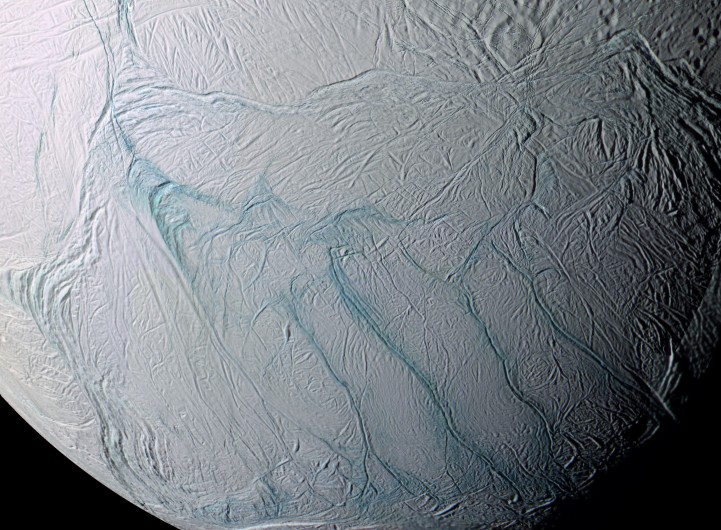
NASA astrobiologist to talk about oceans on other worlds
Dr. Robert Pappalardo of NASA's Jet Propulsion Lab will give his talk "Ice and Oceans in the Outer Solar System" free to the public on Monday, April 14, at 7:30 p.m. in the Union Auditorium. Learn about how Jupiter's frozen moon Europa could be hiding an ocean of life!
Pappalardo is such a revered guest that three different UNL departments worked together (Physics & Astronomy, Earth & Atmospheric Sciences, and the School of Biological Sciences) to bring him to our campus. He is a senior research scientist at Caltech and an expert on Jupiter's moon, Europa, which is thought to have an ocean flowing underneath its surface. Learn about the science behind the hype and the possibility of finding extraterrestrial neighbors!
On Earth, essentially everywhere there is liquid water, there is life, so it is reasonable that the search for extraterrestrial microbial life in our solar system focuses on the search for water. The solar system’s most promising candidate for a potentially habitable ocean beyond Earth lies beneath the surface of Jupiter’s ice-covered moon Europa, which is one of the most geophysically and astrobiologically fascinating and complex bodies in our solar system. Its exploration is key in advancing our understanding of habitable zones, in our solar system and beyond. Water oceans may also exist within other icy moons, including within Ganymede and Callisto at Jupiter, Enceladus and Titan at Saturn, and Triton at Neptune. Pappalardo will take us on a tour of the solar system’s icy worlds that might contain watery oceans within. The interior oceans of icy worlds may be the most common habitats for life in the universe.
Pappalardo’s visit is made possible by the American Astronomical Society’s Harlow Shapley Visiting Lectureship Program and the UNL Center for Science, Mathematics, and Computer Education.